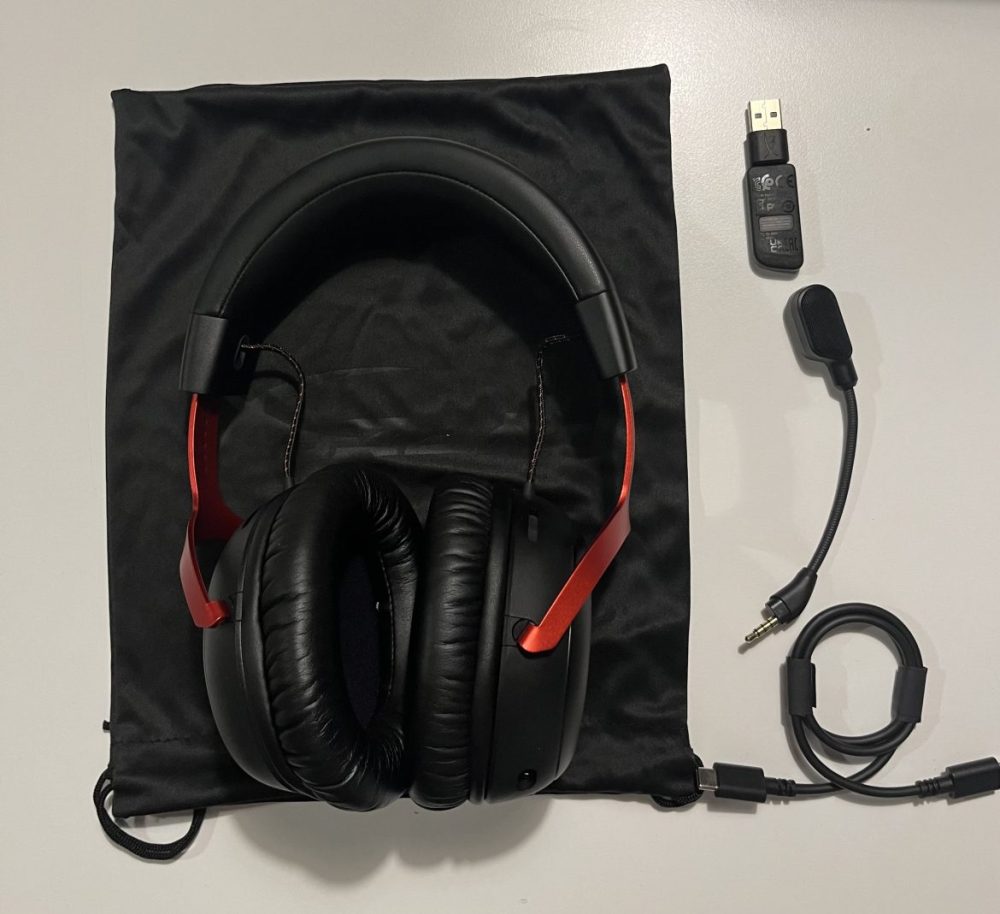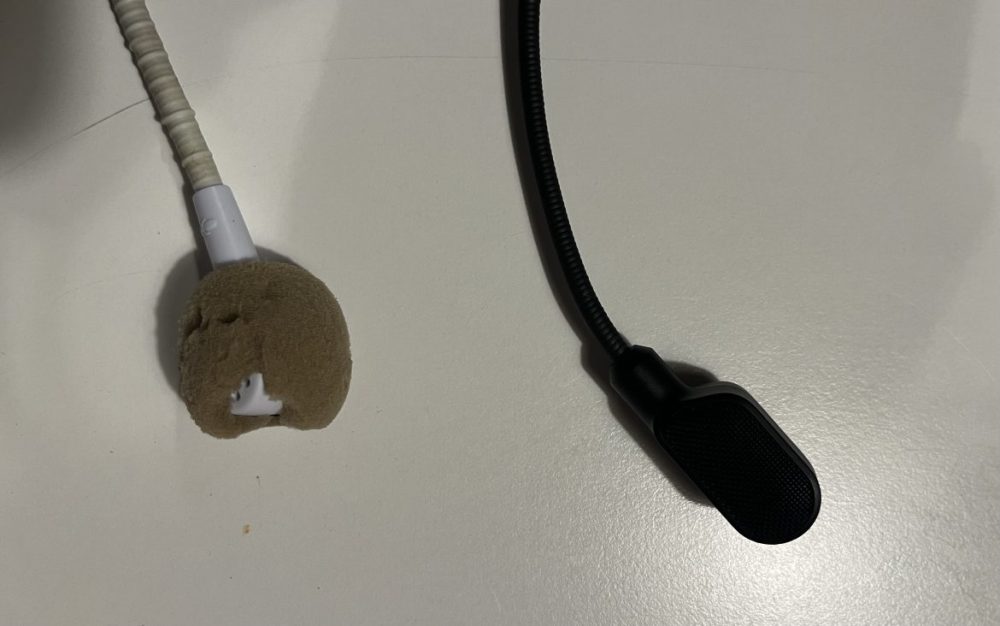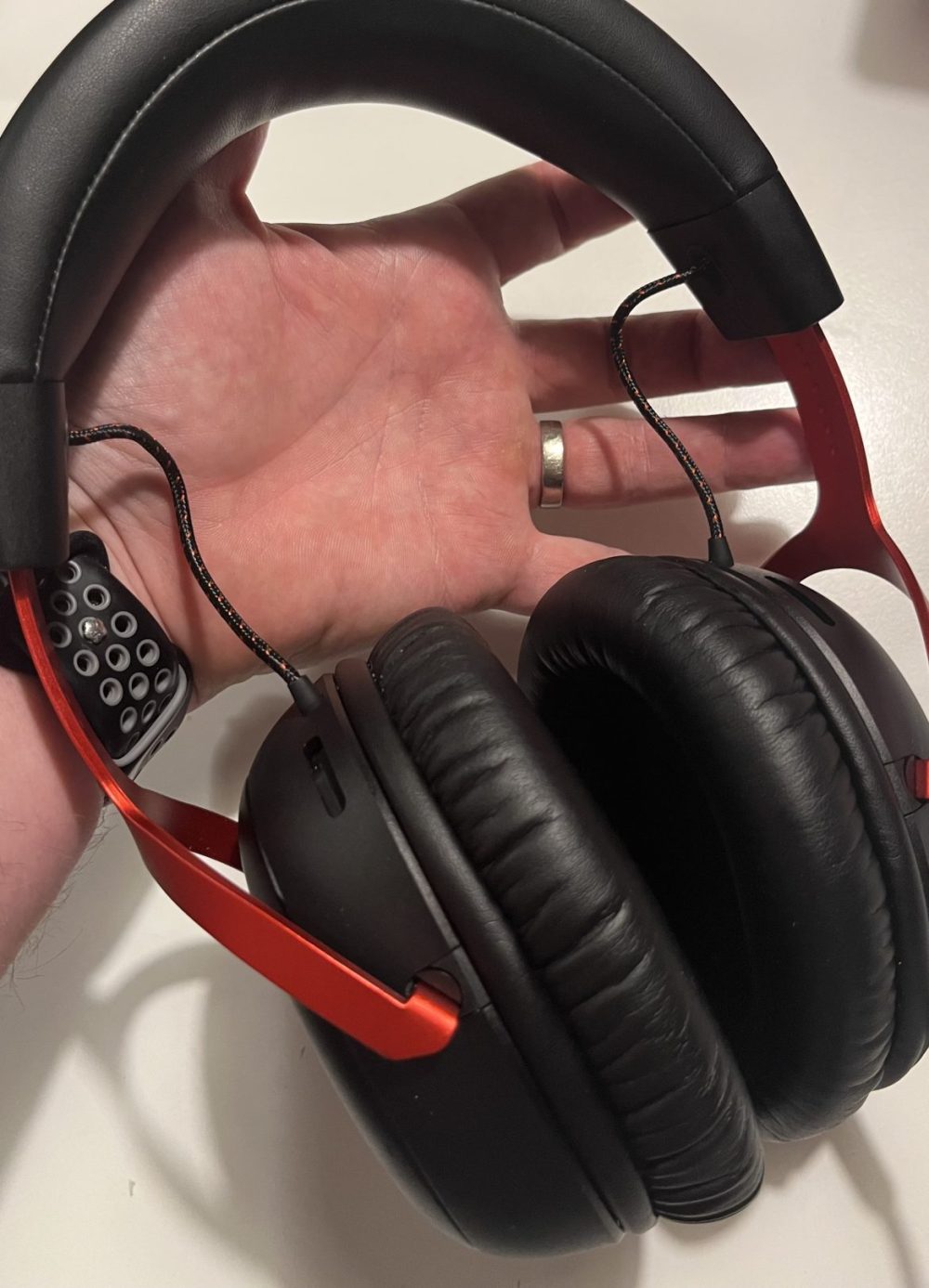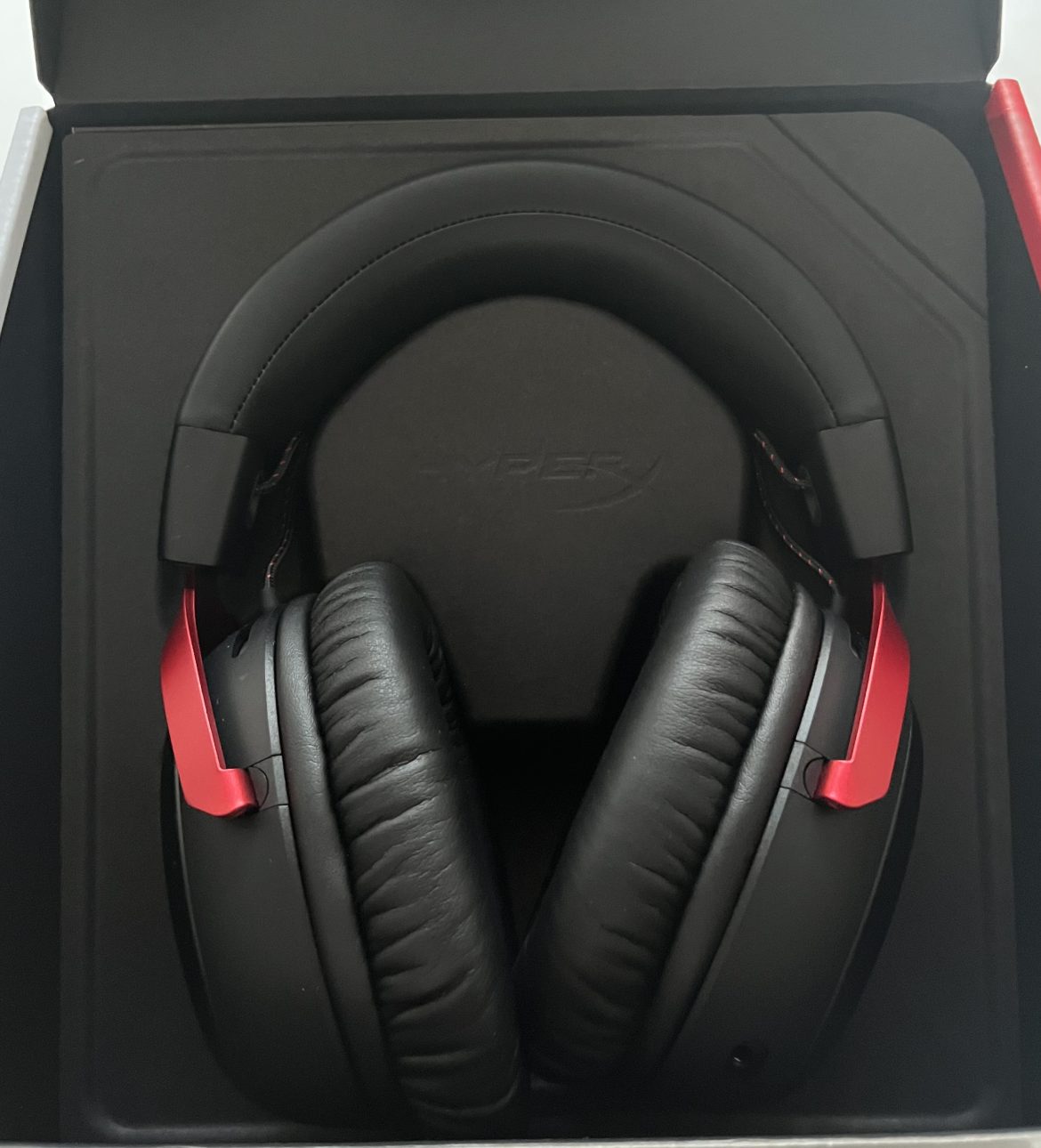TL;DR
Thinking about the HyperX Cloud III Wireless? It offers incredible comfort for long sessions, a standout microphone that's crystal clear, and an impressive battery life that can last weeks on a single charge. While its audio is good with ample volume, the bass could be punchier. The real snag is the price, which is significantly higher than the wired Cloud III. If comfort and mic quality are your top priorities and you can stomach the premium, it's a solid choice. But if budget is a concern, the wired version might be a better value. Curious about how it stacks up in detail? Read the full review.
Upon learning that we would have the opportunity to review the successor to the highly acclaimed HyperX Cloud II, the Cloud III, a spirited debate ensued within the editorial team regarding who would conduct the review.
My colleague, Henric Brandt, had the privilege of evaluating the wired version, the HyperX Cloud III.
This review, however, focuses on the wireless iteration: the HyperX Cloud III Wireless. A key consideration is whether the enhanced features justify the additional 800-900 SEK compared to the wired model.

Comparing the Cloud III Wireless to the Cloud Alpha Wireless, the Alpha Wireless boasts a significantly longer battery life: 300 hours versus 120 hours. However, how does this difference translate into real-world usage for the average gamer?
After two weeks of intensive use without recharging, a quick press of the power button revealed a remaining battery life of 60%. This suggests a charging frequency of approximately once a month, which is a reasonable expectation. Furthermore, the Cloud III Wireless benefits from a lighter weight, attributable in part to its battery capacity.
This reduction in weight is immediately noticeable, offering a comfortable experience during extended use.
The headband design also contributes to the overall comfort, providing a secure and pleasant fit.
As is customary when evaluating headsets, I consulted with my regular gaming group regarding microphone quality. The Cloud III demonstrated impressive performance, offering one of the clearest microphone experiences I have encountered. The removal of the fragile fabric ball on the microphone is a welcome improvement (see image for reference).

Regarding audio performance, I primarily tested the Cloud III Wireless on a PS5, although it is also compatible with PS4 and PC. Unlike my colleague Henric, who experienced relatively low sound levels with the wired version, I found the volume output of the wireless model to be ample, often requiring me to reduce the volume.
However, the bass response could be improved.
The headset’s simplicity is a significant advantage. The on-device controls are limited to power, volume, and microphone mute, offering a straightforward user experience without unnecessary complexity.

The primary drawback is the price. Recent global inflation, particularly impacting Sweden, has diminished the value of our currency against the EUR and USD.
Previously, a reasonable estimate of the Swedish price could be derived by multiplying the American MSRP by ten.
While the Cloud III Wireless has an MSRP of $169 USD, the Swedish price is 2149 SEK, which feels rather high. In a competitive market, this price point may deter some potential customers.
However, opting for the wired version can reduce the price by approximately 1000 SEK, bringing it down to 1300 SEK, while still offering a comfortable and high-quality headset experience.
HyperX provided test samples for this review. The provision of materials does not influence our editorial independence.

